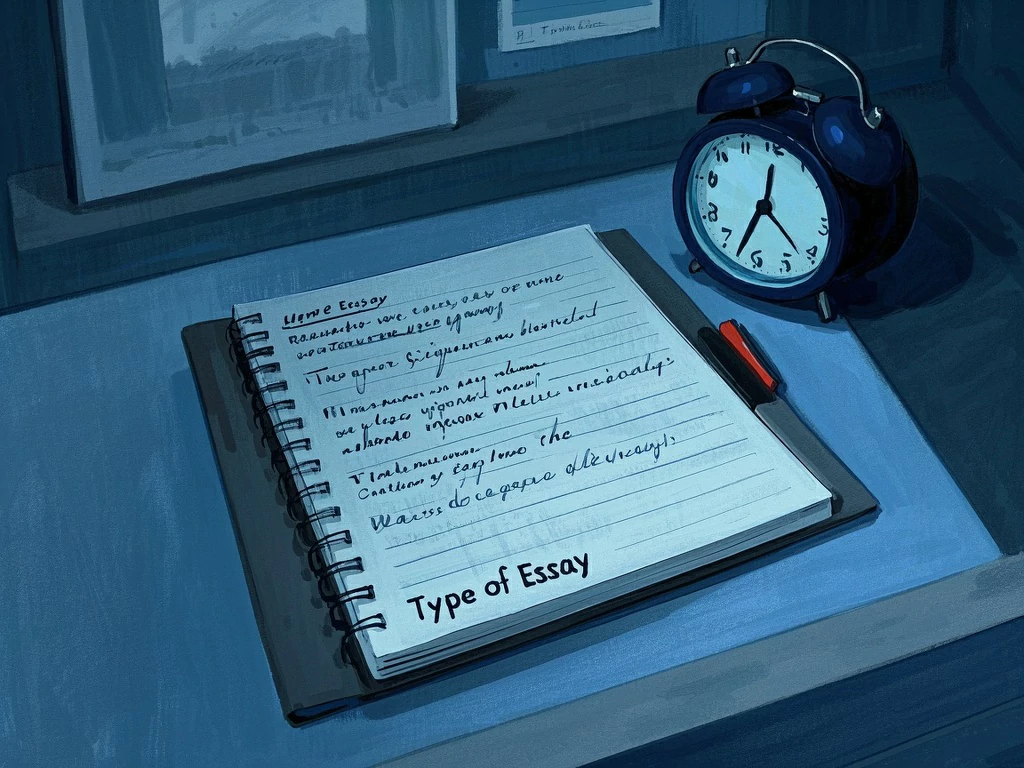IELTS Writing Task 2 Academic and General Training
This component constitutes the second section of the IELTS Writing examination. Candidates are required to compose a formal essay addressing a given prompt, with scoring based on their ability to construct a coherent, relevant, and well-supported response.
Requirements
– Minimum 250 words (penalties apply for shorter submissions).
– Approximately 40 minutes allocated.
– Weighted more heavily than Task 1.
Guidelines
DO
– Thoroughly examine the question and address all aspects of the prompt.
– Plan your essay (5–7 minutes recommended) before writing.
– Introduction: Rephrase the task and present a clear thesis statement outlining your stance.
– Structure: Use a minimum of four paragraphs (introduction, two body paragraphs, conclusion).
– Paragraph organization: Begin each with a topic sentence; follow with reasoning, examples, and analysis.
– Conclusion: Summarize key arguments without introducing new ideas.
– Formal language:
– Prioritize advanced vocabulary (e.g., “maintain” vs. “keep,” “ensure” vs. “make sure”).
– Use passive voice for objectivity (e.g., “It is widely acknowledged that…”).
– Employ synonyms to avoid repetition (e.g., “critical,” “indispensable,” “pivotal”).
– Link ideas with academic connectors (e.g., “nevertheless,” “consequently,” “furthermore”).
– Content:
– Justify viewpoints with relevant examples, societal trends, or factual evidence.
– Include complex sentence structures (e.g., conditionals, relative clauses).
– Review: Check for grammatical errors, clarity, and word count.
DON’T
– Use contractions (e.g., “don’t” → “do not”).
– Adopt informal language (e.g., “cool,” “awesome”) or colloquial phrases (e.g., “a lot of fun”).
– Rely on personal anecdotes; prioritize objective, widely applicable examples.
– Repeat vocabulary or overuse basic linking words (e.g., “and,” “but”).
– Make sweeping generalizations (e.g., “all people,” “never”).
– Duplicate the task wording in the introduction.
– Submit incomplete responses (e.g., ignoring part of the prompt).
– Overlook the conclusion or introduce off-topic arguments.
– Write fewer than 250 words.
Key Reminders
– Maintain an impersonal tone (avoid “I,” “me,” “my”).
– Balance discussion of problems with practical solutions if required by the prompt.
– Ensure examples directly relate to the topic.
– Aim for precision and sophistication in expression.






